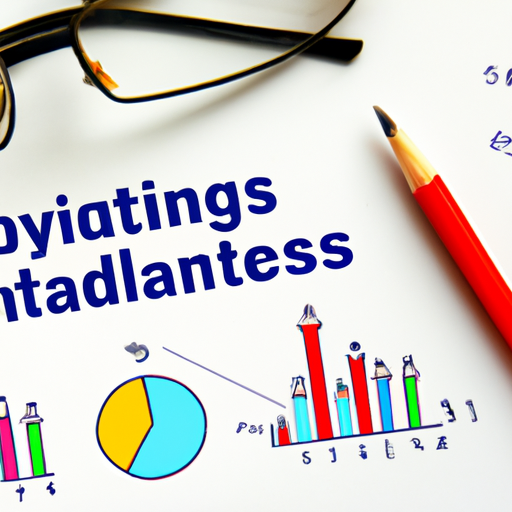Understanding Business Analytics: A Beginner’s Guide

Business analytics, in its simplest form, is the use of data in decision-making processes. The techniques and methodologies employed help to understand the past and predict the future, ultimately driving business success. For any beginner seeking to understand business analytics, this guide simplifies the concept, benefits, and processes involved.
What is Business Analytics?
Business analytics refers to the process of collating, sorting, processing, and studying business data, and using statistical models and iterative methodologies to transform data into business insights. Its primary purpose is to provide actionable data-based insights to help businesses make informed decisions and predict future trends or actions.
Types of Business Analytics
Generally, business analytics is divided into four types which are:
- Descriptive Analytics: This involves analyzing historical data to understand what has happened in the past.
- Diagnostic Analytics: It looks at past data to determine why something happened.
- Predictive Analytics: Predictive analytics uses previous data to predict future events.
- Prescriptive Analytics: This takes all other analytics to suggest the next steps to take or suggest a course of action.
Understanding the Business Analytics Process
The business analytics process involves a series of steps that are followed to achieve the desired outcome. There are widely known as the six Ds:
- Define: The first stage of any analytics process involves defining the problem or question that needs to be answered.
- Decide: Once the problem has been outlined, the next step is to decide the method of attack. This could include deciding on the analytics tools to be used and the data needed.
- Design: After deciding on the method, you then need to design the analysis by selecting the appropriate model or technique to use.
- Develop: In this stage, the selected model or technique is developed and then tested.
- Deploy: After testing, the model is then deployed and put to use.
- Discover: The final stage involves interpreting the findings, understanding, and using that insight.
Benefits of Business Analytics
Business analytics provides several benefits that drive growth and maximize performance in different sectors. The benefits include:
- Making Informed Decisions: The primary benefit of business analytics is that it helps businesses make data-driven decisions. By leveraging insights, businesses are better positioned to make decisions that drive growth and profitability.
- Improved Efficiency: Business analytics can identify inefficiencies in business processes and suggest ways to streamline them. This can result in cost savings and improved productivity.
- Better Customer Interaction: Understanding customer behavior increases the chances of meeting customer needs adequately. Analytics provides insights into customer behaviors, preferences, and expectations, which businesses can use to enhance their experience and engagement.
- Increased Profits: With improved efficiency, better decision-making, and increased customer satisfaction, the result is usually increased profit for the business.
Learning Business Analytics
Developing a grasp of business analytics can appear daunting for beginners. However, several universities and online learning platforms offer courses on the subject. It is recommended, though, before taking any course, to have a basic understanding of statistics and excel at least.
In conclusion, as a beginner, always remember that understanding business analytics is more about understanding the business that needs analyzing than the tools used to perform the analysis. Although learning the tools is essential, they are merely a means to an end – helping a business make data-driven decisions for optimal performance and profitability.
* The post is written by AI and may contain inaccuracies.


